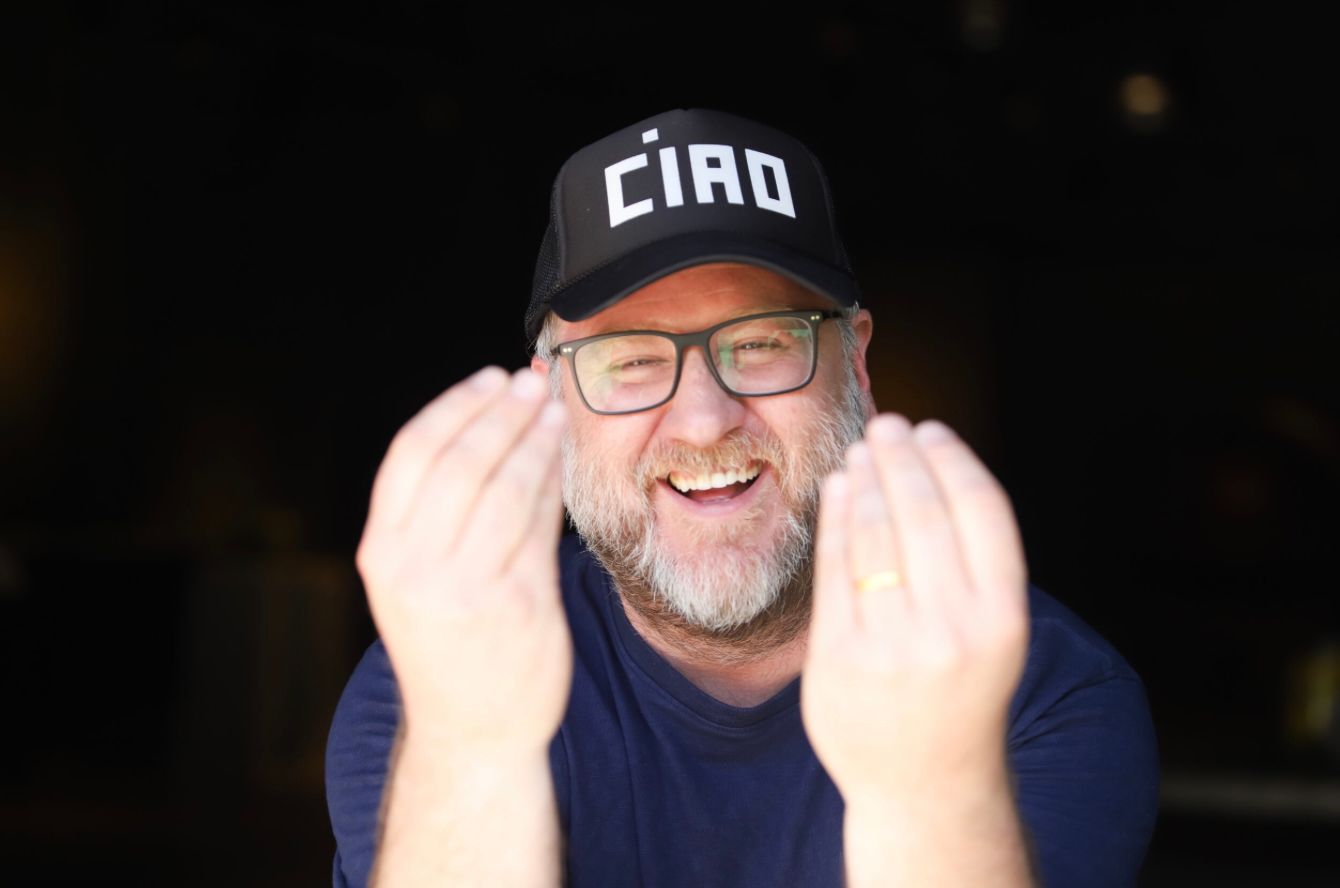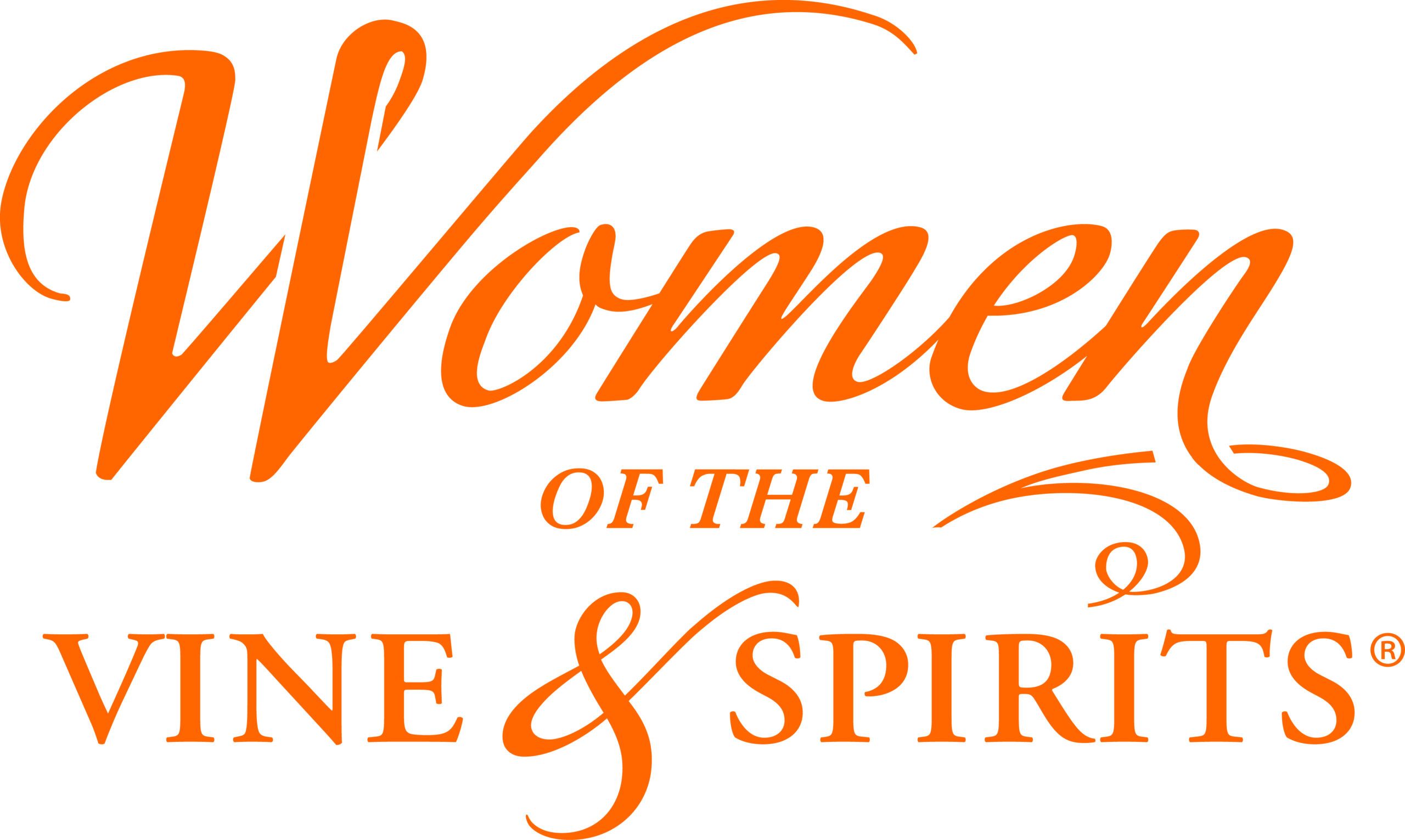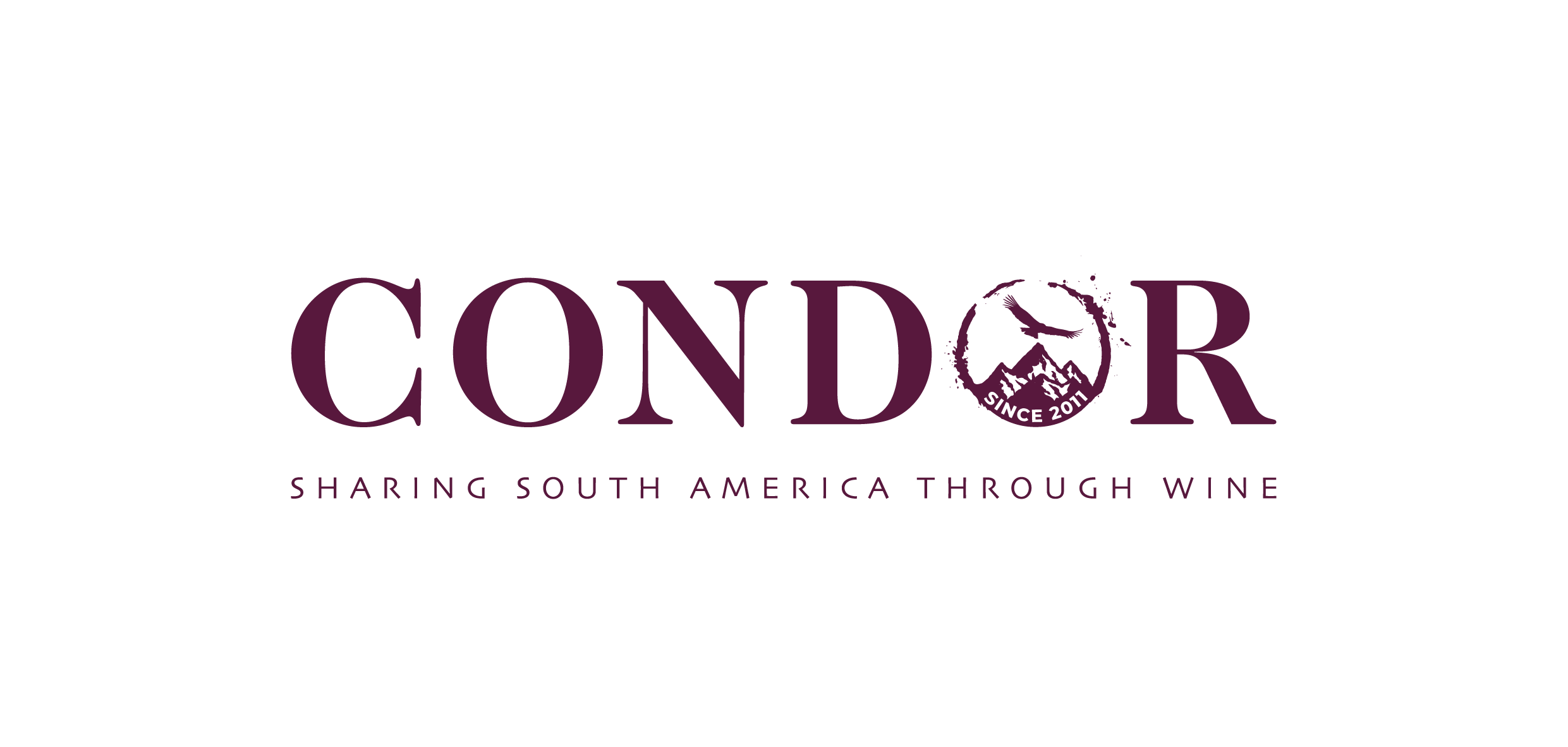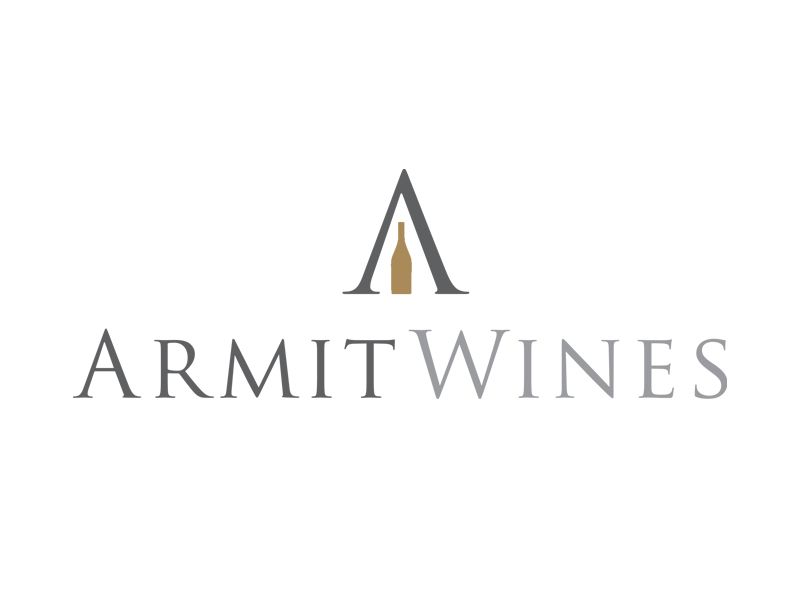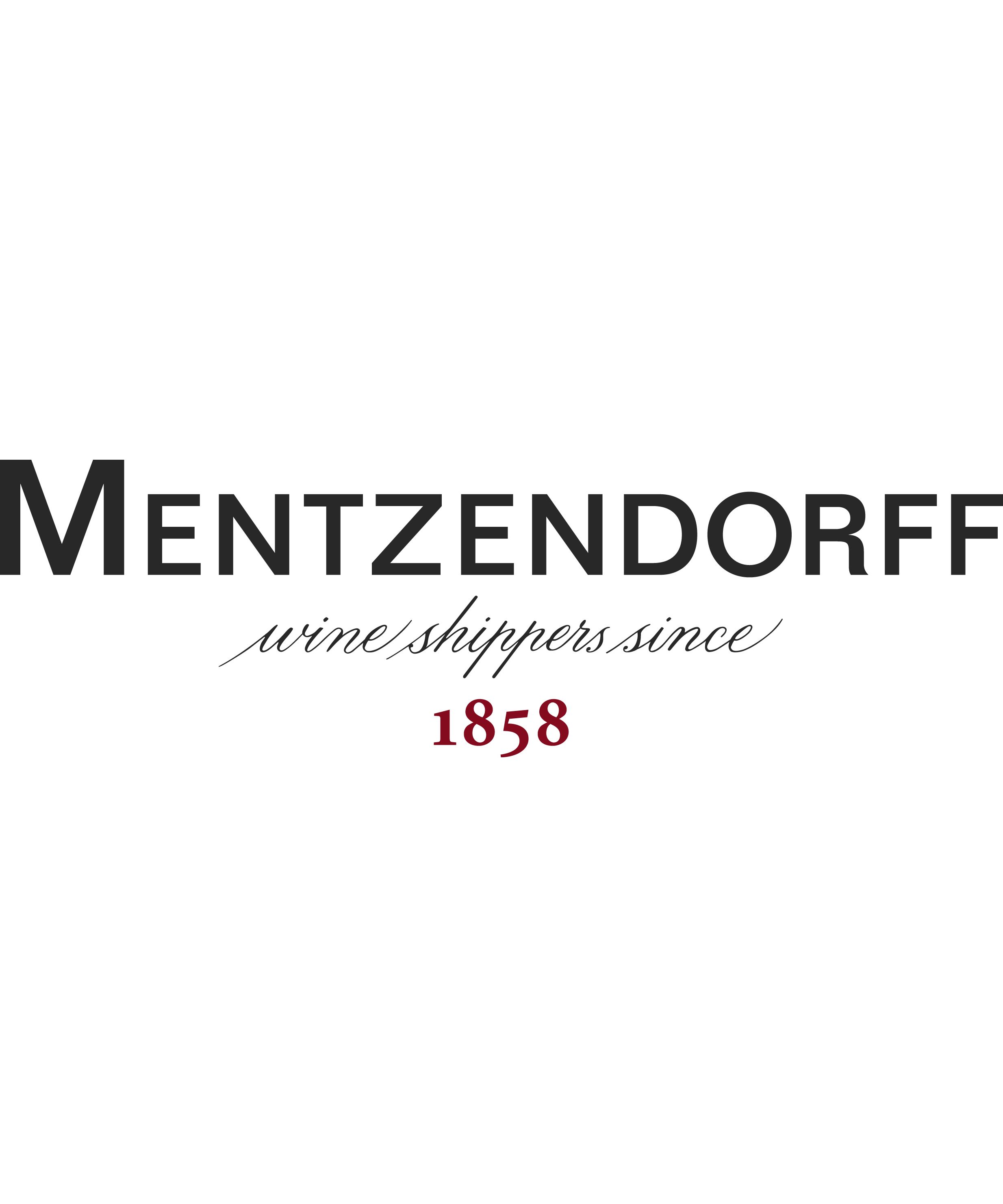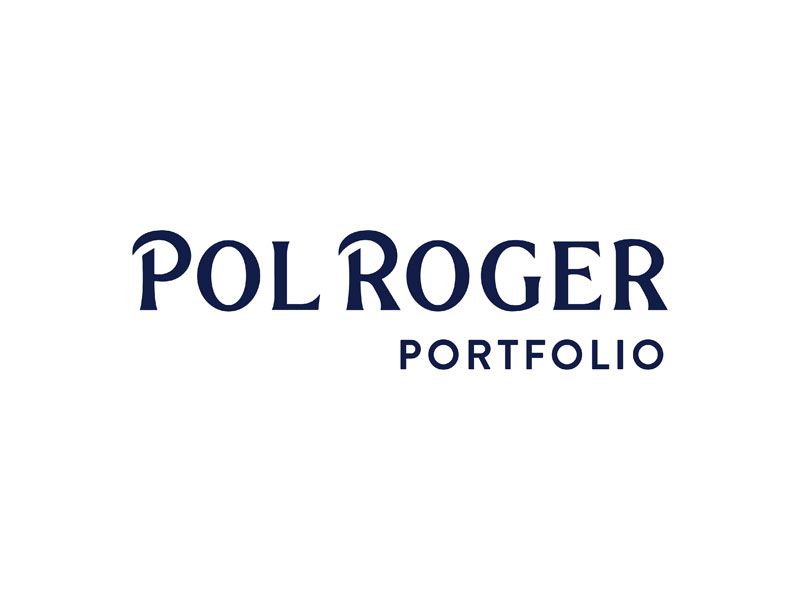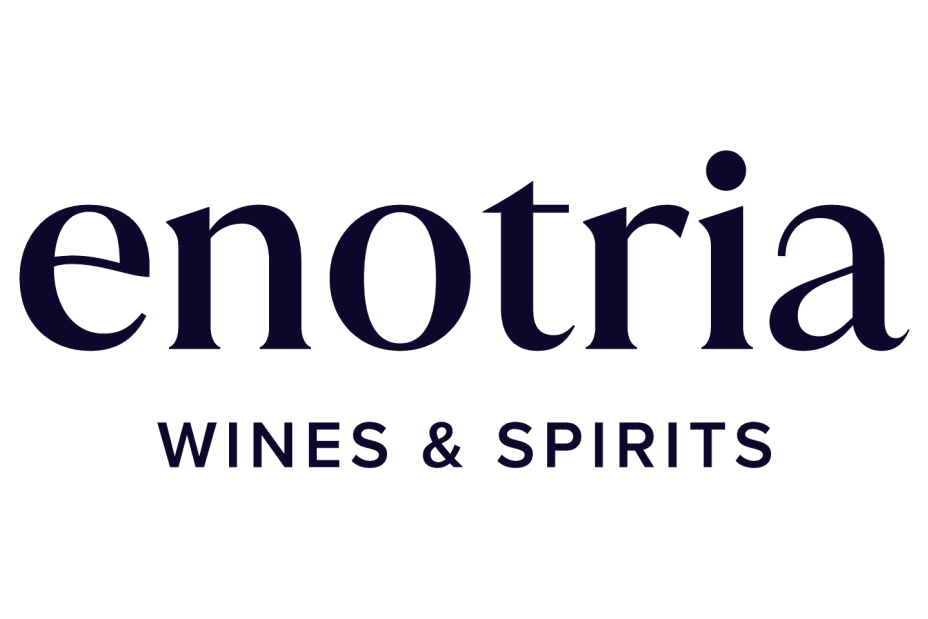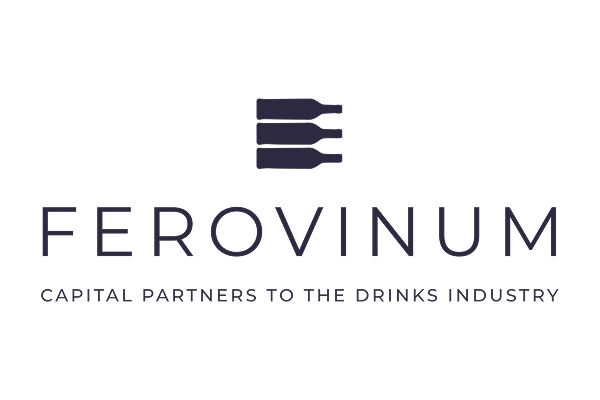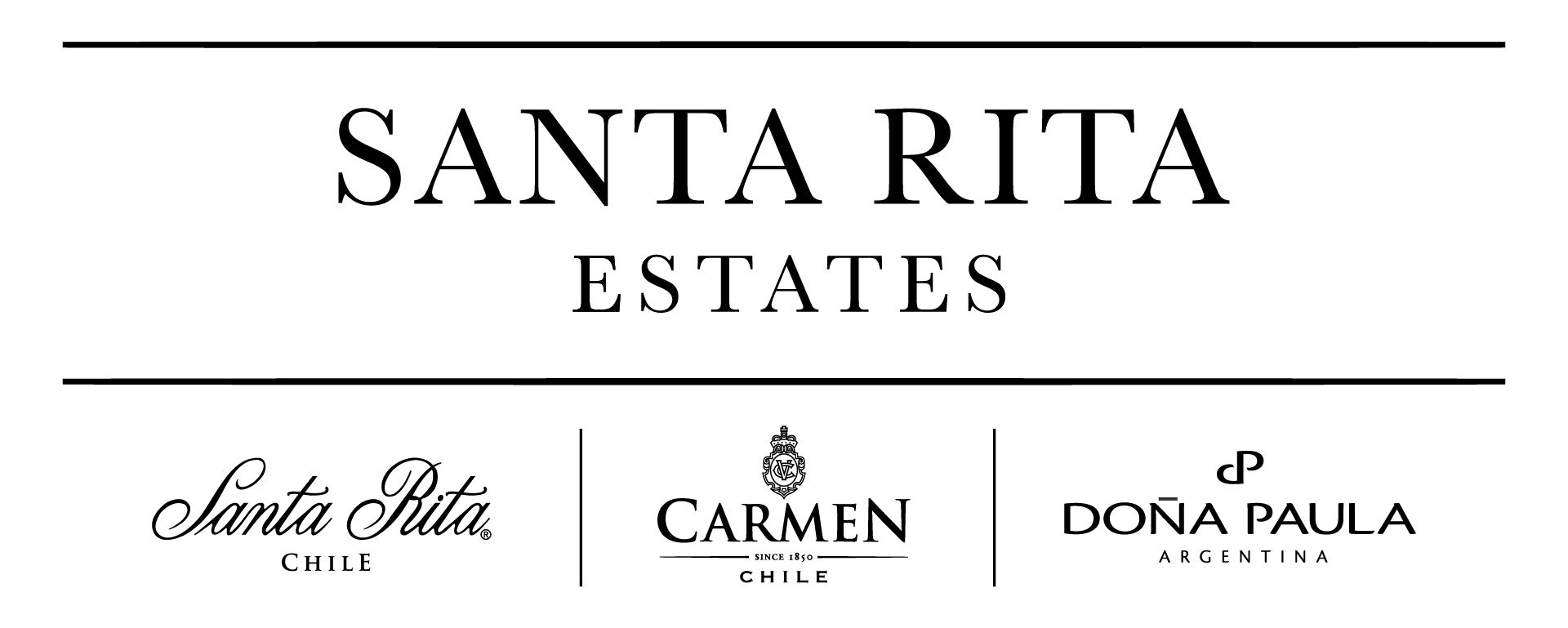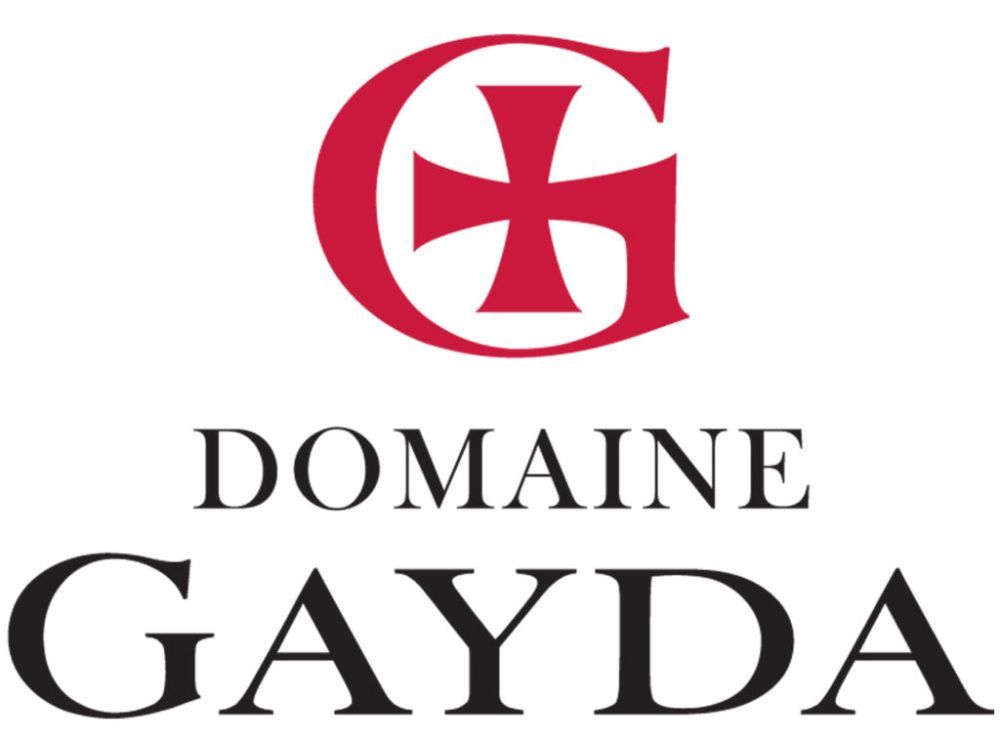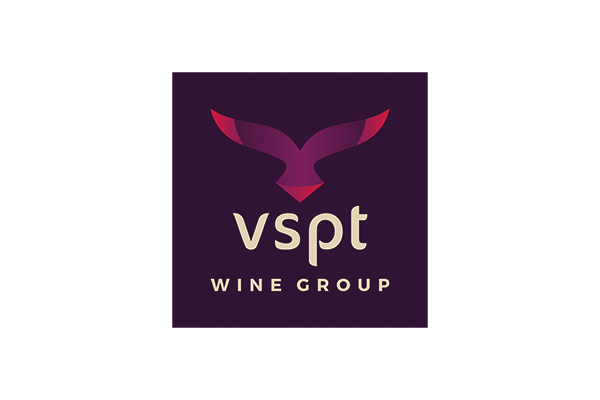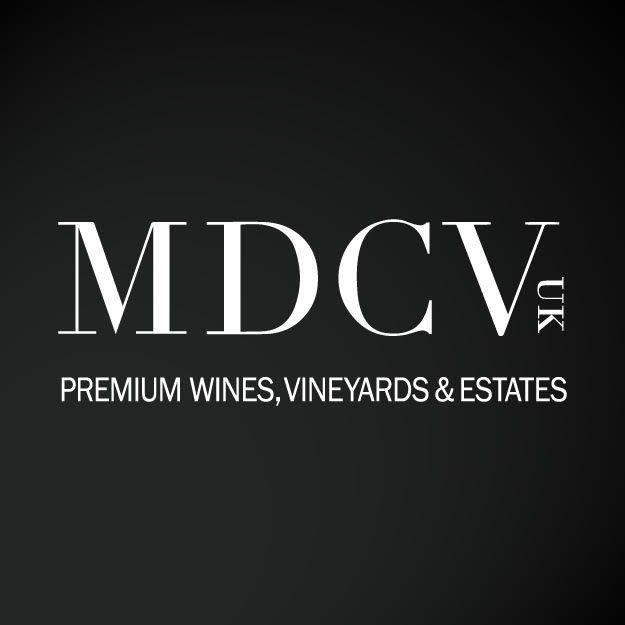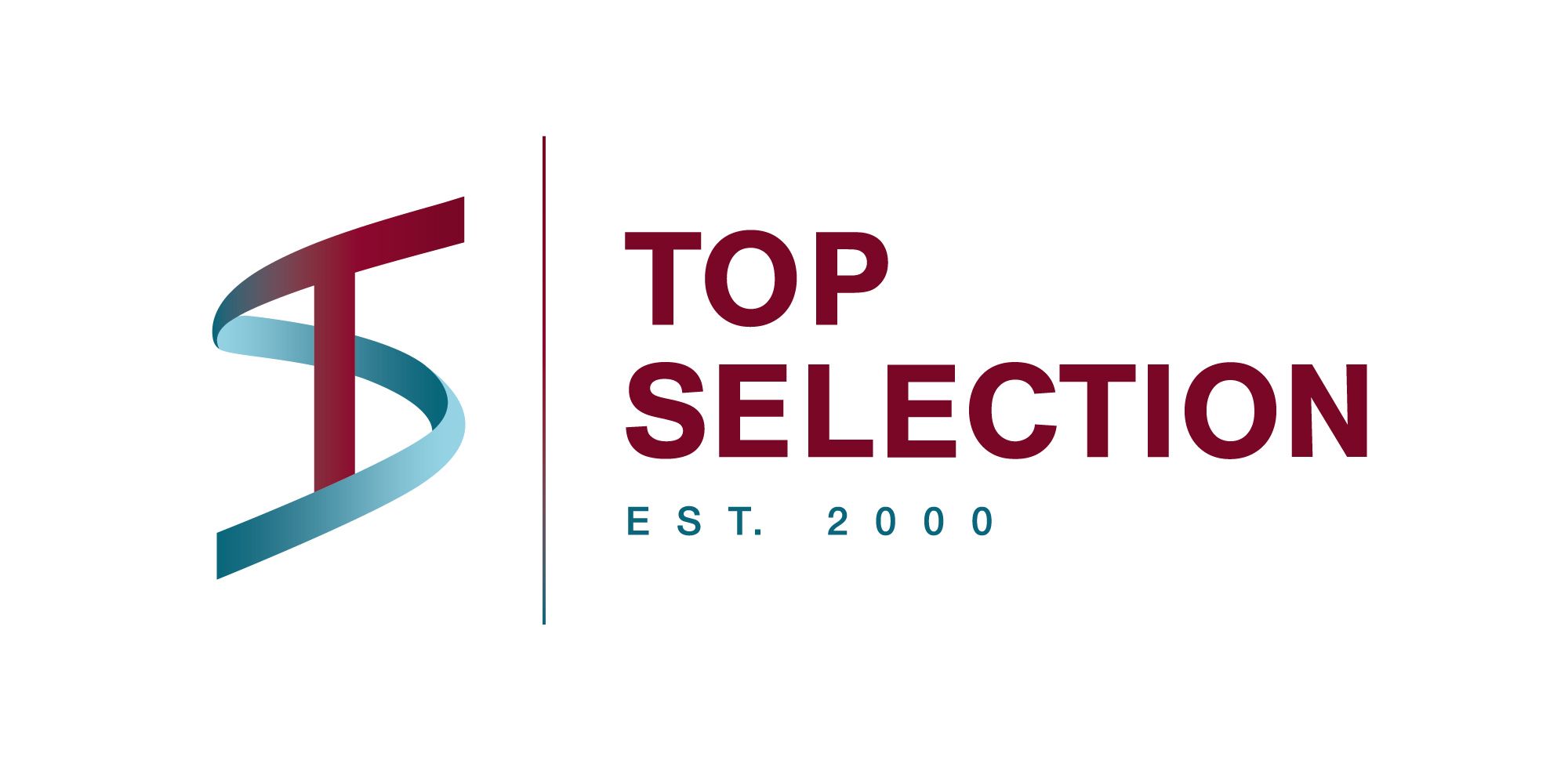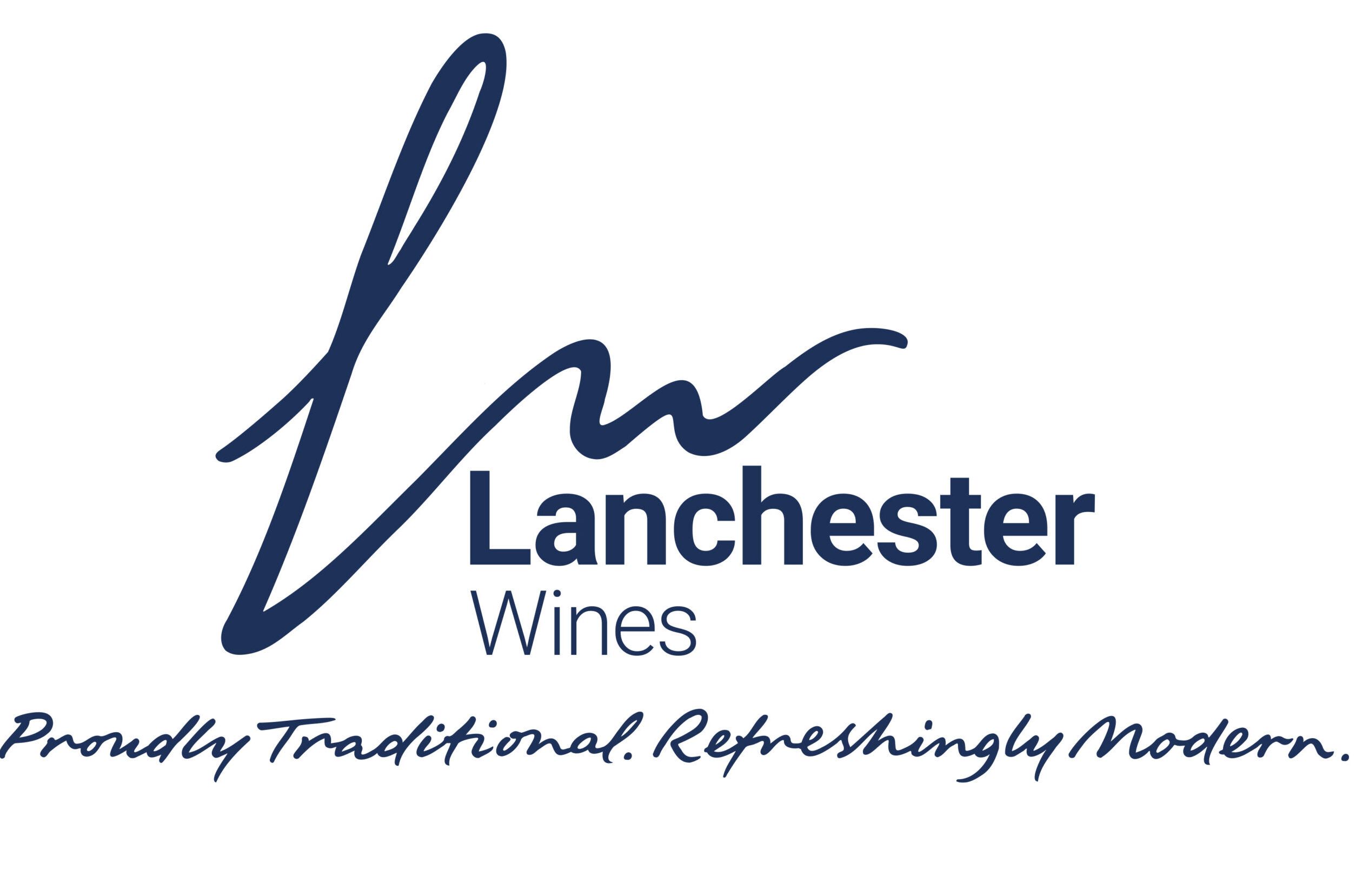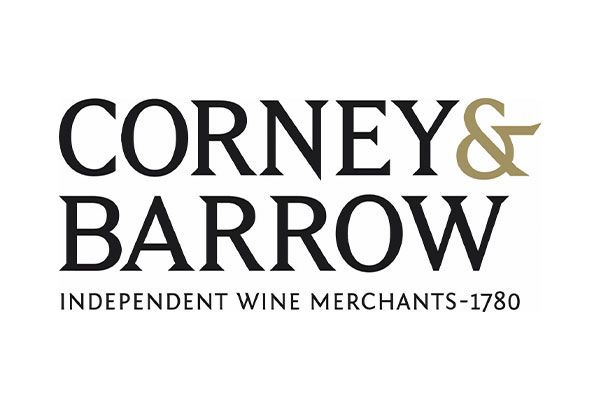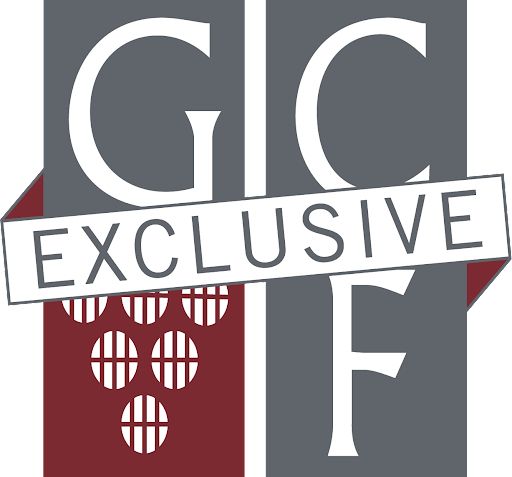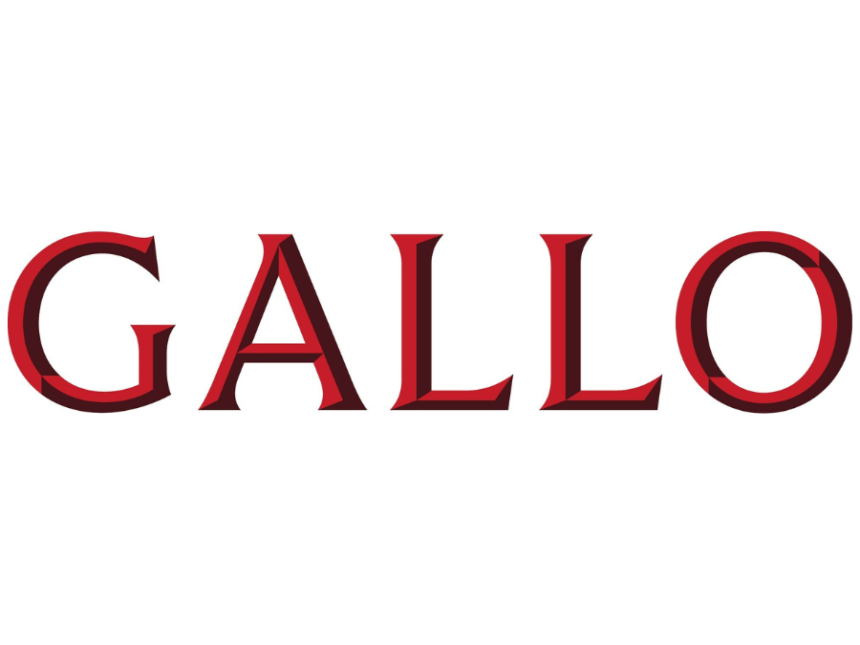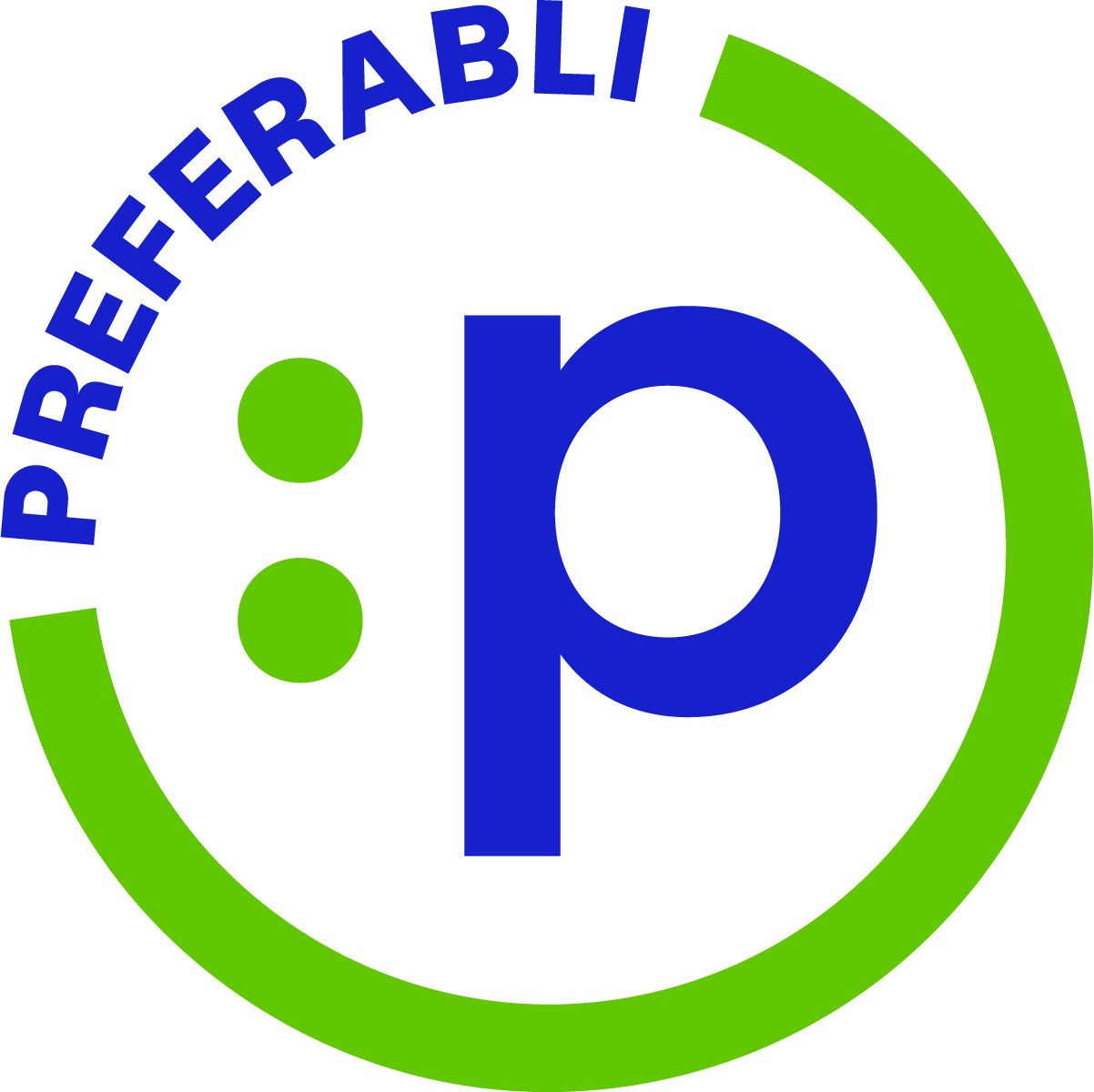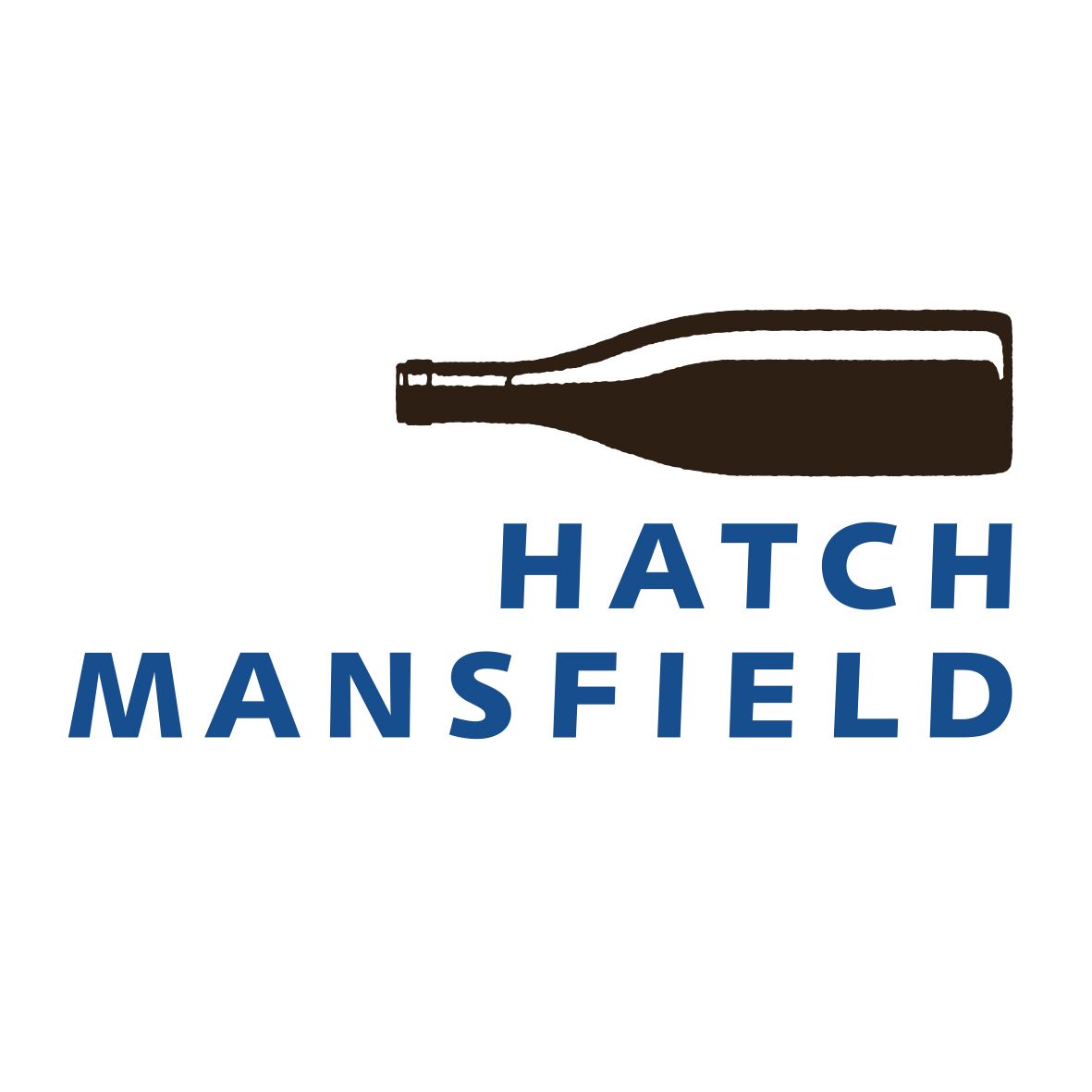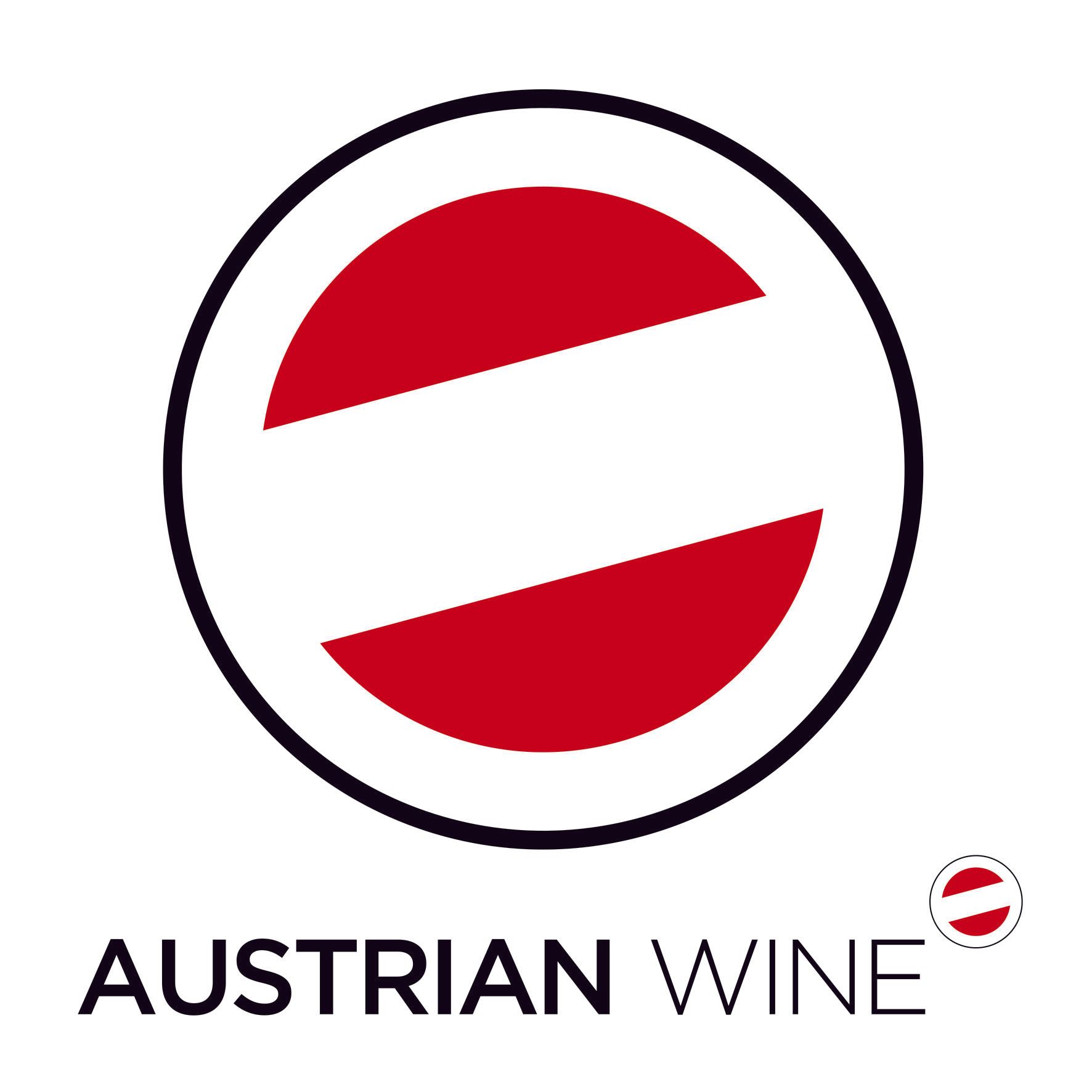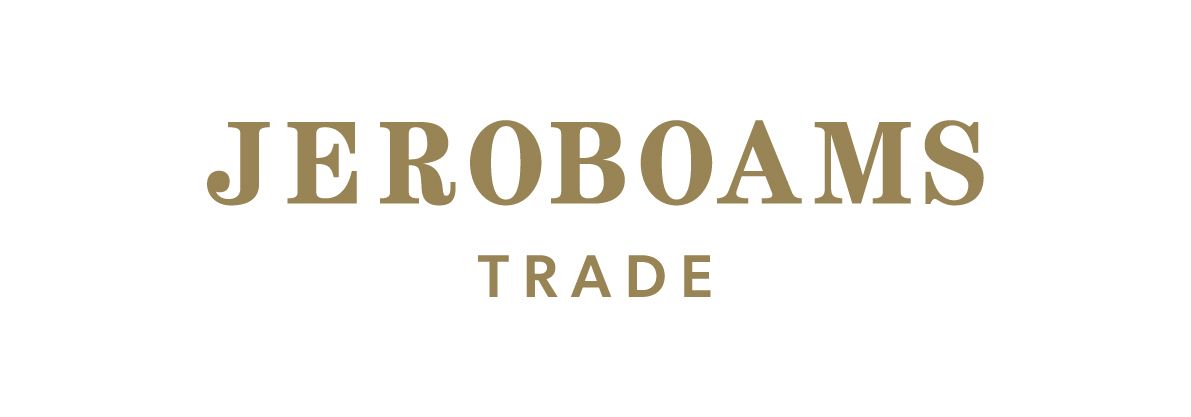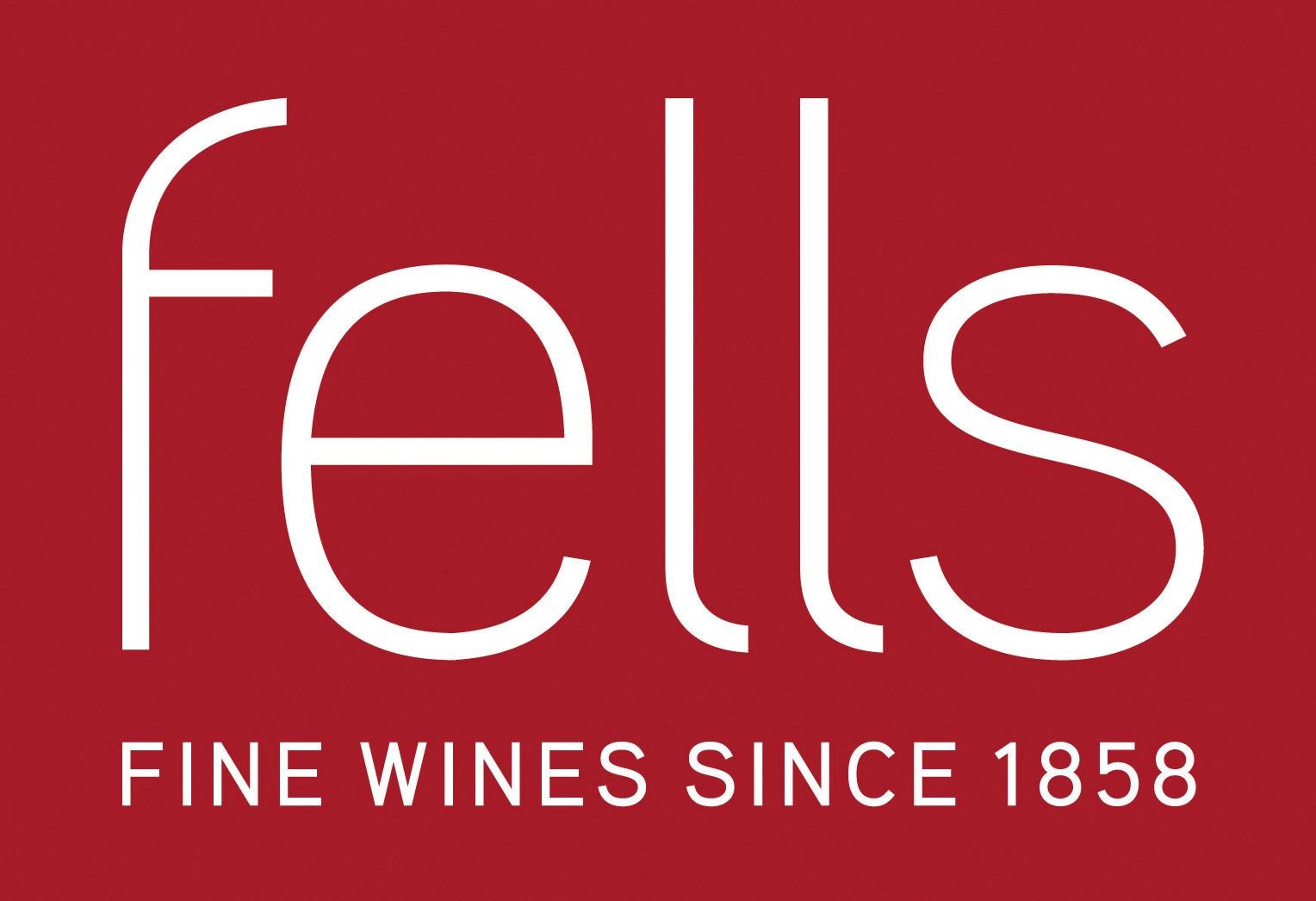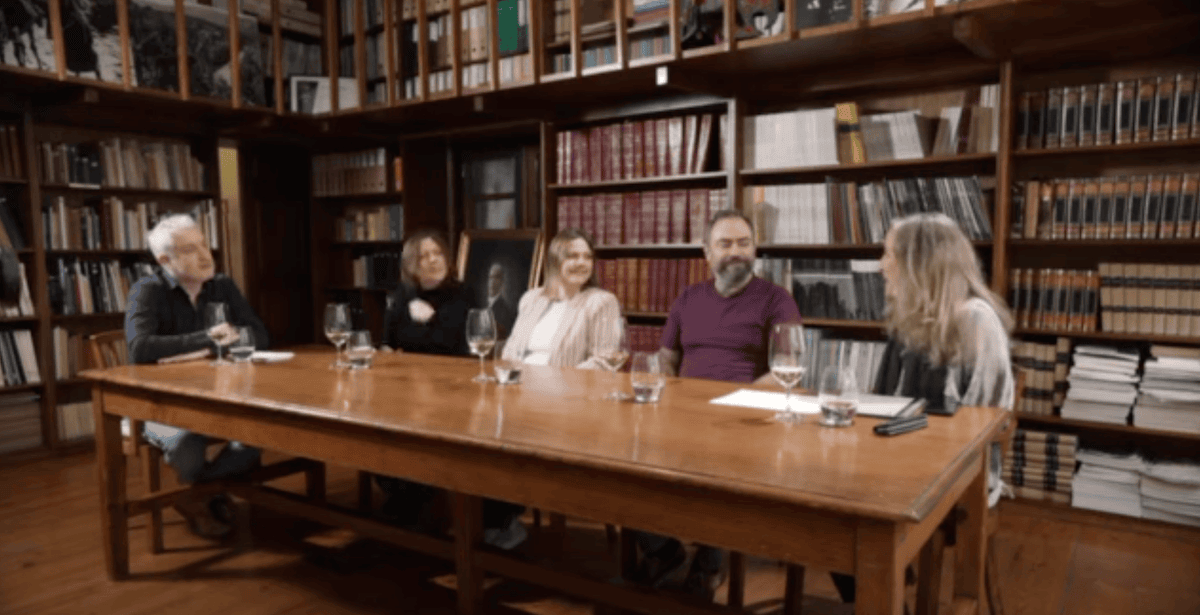You started your career in publishing - why did you want to make the switch into wine and winemaking?
I fell in love with wine while working in publishing for TIME magazine. I had the good fortune of being able to spend a lot of the time eating and drinking in New York City’s best restaurants while working at TIME.
As I was dining out a couple of nights per week, I became curious about the wines and the winemakers on the wine list at restaurants. So I started my own pursuit to learn more about wine.
I started with California because it was familiar, then I moved my attention to Italy because that was where my family was from and where I preferred to travel. I used to say that during that period in my life, I read more about wine than I drank it.

Dan Petroski is driven by the desire to make wines true to the Mediterranean climate in Napa and Sonoma
Before long, I was itching for a European sabbatical, and I made the move to Italy to work on a vineyard. One year later, I returned to the States and ended up in Sonoma County working harvest for DuMOL.
That harvest and the relationship with the winemaker landed me a full-time job making the wines at Larkmead in Napa Valley. I had zero experience, and the property had over 100 years of history. I put my head down and absorbed everything around me. I did all the wine work myself for 10 years.
I learned and taught myself winemaking through repetition of walking vineyards, tasting wine, blending wine, bottling wine, and selling wine. It was trial by fire to say the least.
What appeals most to you about being a winemaker?
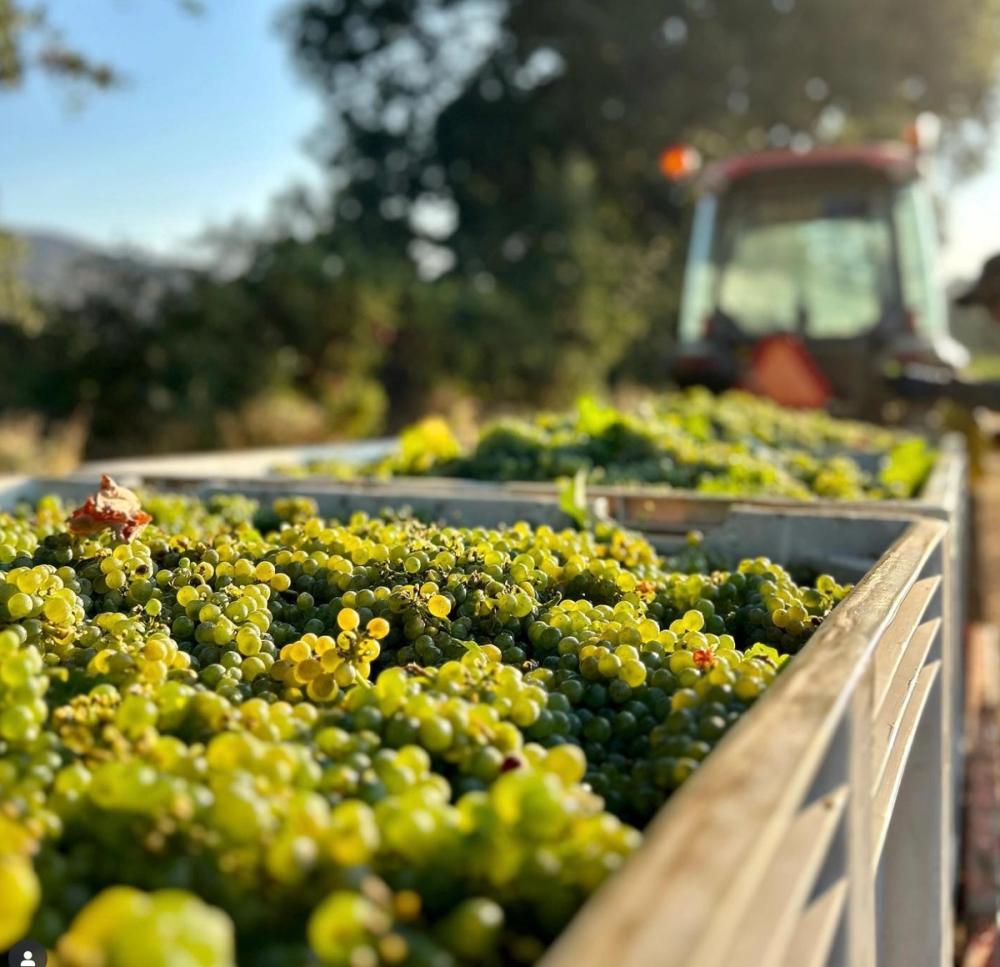
Harvest time for Sauvignon Blanc at Massican
I am very fortunate to do what I do. I have never considered myself a winemaker first. I think of myself as a wine consumer, and everything I do works backward from there. I think about the wine I want to drink and consider the wine aging, bottling, cellaring, harvesting, and grape growing to achieve the wine I want to drink.
The journey is the destination, but the destination is always somewhere we aspire to, so it has been an incredible opportunity to respect the challenges of growing an agricultural product and guiding it into a bottle of Massican.
Tell us how and why you wanted to start your own project with Massican wines?
Massican started as a creative side project while I was still at Larkmead. I wanted to make the kind of wines I loved drinking in Italy, Mediterranean whites that were citrusy fresh, floral, salty, and belonged on the table.
When I arrived in California in 2006, Napa and Sonoma were very red-focused, and there weren’t many white wines made in a lighter and brighter style.
The goal was never to chase trends, but to make wines that matched the Mediterranean weather of Napa.
It was still a brave move to have such a focus on white wines at the time?
Modern Napa has a reputation for bold, sunshine-filled reds, and rightfully so, but I saw a lane that existed when wine was first made in the Valley, a lighter, brighter, table wine.
The weather in Napa Valley is Mediterranean – brisk mornings, hot, to very hot days, cooler nights, and a sea/ocean influence. All of this leans to one of the finest red grape growing wine regions in the world. Cabernet is king for a reason.
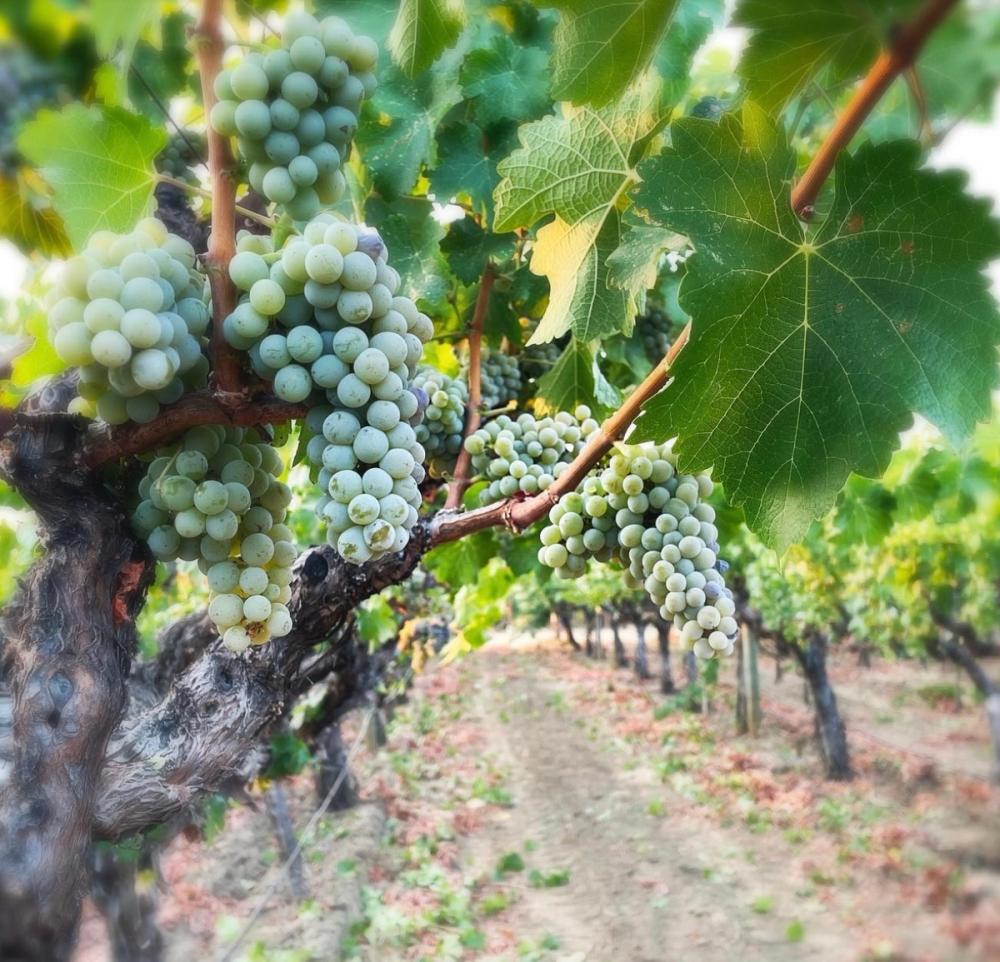
Massican is working towards fully organic farming and is currently at around 60%
But, as a resident of this community, I couldn’t see myself drinking Cabernet in the evening on the dining room table most nights of the year – it was too warm, and the produce from our gardens and the local family farms screamed a lighter and brighter drinking culture.
How have you managed to find the right vineyards and varieties to make the wines you want?
Over the years, Massican has partnered with 20 different vineyard sites, from Napa, the origins, to Sonoma, where we source almost half of our grapes, to Clarksburg, Lodi, and Mendocino.
When Massican started in 2009, there was one Ribolla Gialla vineyard. Today there are half a dozen and Massican produces about a third of all the Ribolla Gialla grown in California. We can say the same for Tocai Friulano, and a higher percentage for grapes like Greco and Falanghina.

The Italian influence can be seen all over Massican's social media and website with a dedicated section - La Dolce Vita - with stories depicting different aspects of Italian life. It even has its own Italian-inspired cook book.
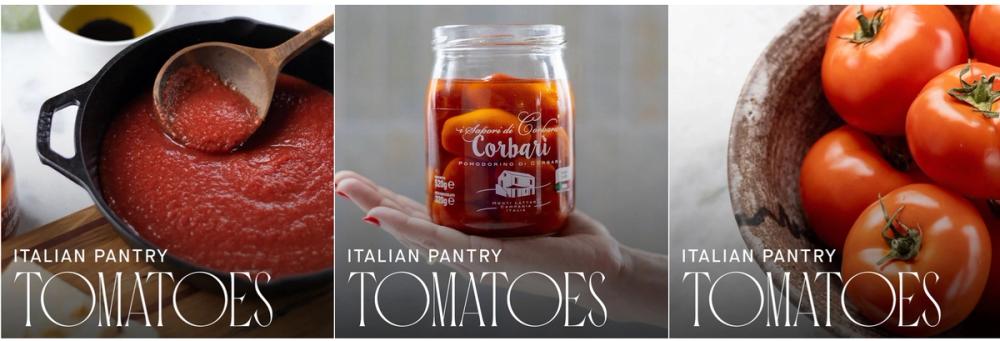
Massican started very small, and slowly over 15 years, we gained farmers’ trust to plant more of these unique white grapes for California. We made it a point to keep supply behind the demand so we could pay our farmers for their commitment to Massican – remember, a vineyard is not planted overnight, it takes a minimum of three years to develop a parcel of dirt into a new vineyard.
Today our primary focus is to continue growing these grapes into the future, and with the pressures of climate change, we are doing everything in partnership with our farmers to grow the healthiest grapes.
In 2024, we were 48% organically farmed, and in 2025, we will be 58%. Our goal is to grow almost exclusively organically, as organic farming respects soil health. With healthy soil, the vines will have the resources to support themselves, regardless of what Mother Nature throws at them.
Tell us about wanting to partner with Gallo when you joined the family business in 2023?
The Gallo family brings world-class resources to the table, but more importantly, they respected Massican and my vision. They didn’t want to change what made Massican unique; they wanted to help support it.
Today, we’ve scaled responsibly, looked at our carbon footprint and our vineyard sourcing, and pricing, maintained quality, reached new audiences, both domestically and abroad, all without compromising a drop of wine.
You are introducing some new wines into the UK - what are they?
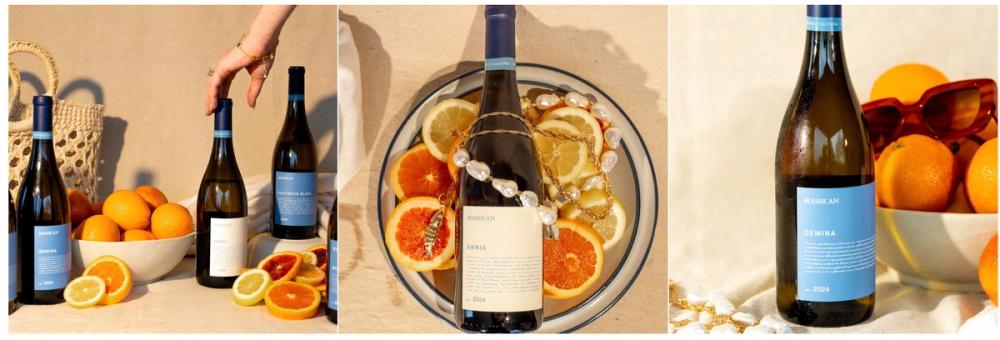
Some of the Massican range
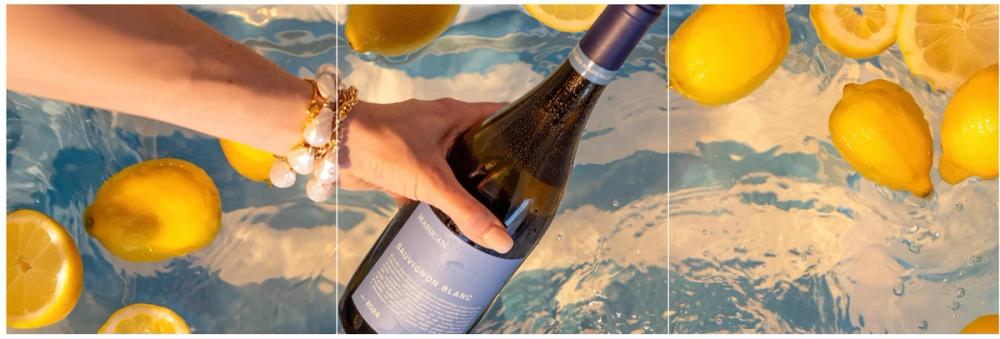
Massican is a portfolio of white wines made in Napa and Sonoma. Our flagship wine, Annia, is a Friulian-inspired white wine made from Tocai Friulano, Ribolla Gialla, Chardonnay, and Pinot Bianco in 2024.
Gemina is the wine that leans the closest to the origins of Monte Massico (the “Massican” hills) in Campania, where my mother’s family is from. [Both Annia and Gemina are being exclusively distributed by Enotria &Coe.]
The Hyde Chardonnay is made from the iconic Carneros vineyard but in the lighter, brighter, fresher style of Massican.
What do you see as your future challenges and opportunities?
Since Massican was born in 2009 we have made more wine every year except for one year because Mother Nature was a little too demanding. This included an excessive harvest rainfall in 2011, an earthquake in 2014, a severe drought in 2015, the largest recorded rainfall in 2016-17, the most destructive wildfire in California history in 2017, a pandemic, and two more wildfires in 2020, and a heat storm in September 2022 that recorded 10 days over 40 degrees C during grape ripening.
All in all, we don’t, and can’t, take farming lightly, and we are working with our grape growing partners to protect and preserve agriculture in California. That is my motivation and what inspires me the most.
* You can find out more about Massican at its website here.
* Massican is part of Gallo which is a commercial partner to The Buyer.
* Massican's Annia and Gemina wines are new to the market and both are being exclusively distributed by Enotria &Coe.
* Dan Petroski also serves as a board member of the Napa Valley Grapegrowers that represents 66% of the vineyard land in Napa Valley, and is current chair of the board of Napa Green, an environmental third party sustainable certification of wineries and vineyards in Napa Valley.
